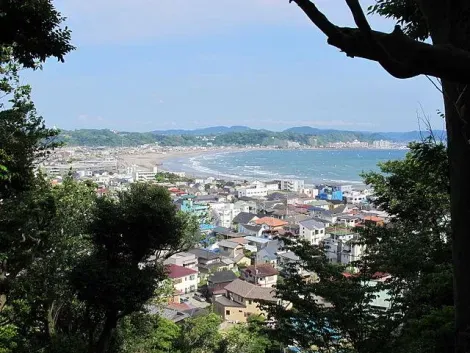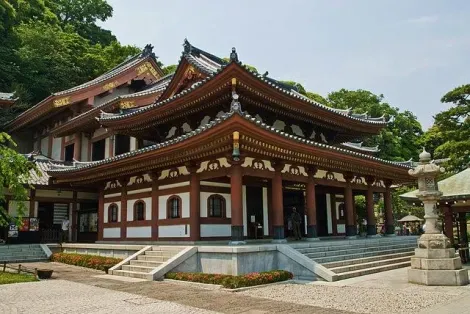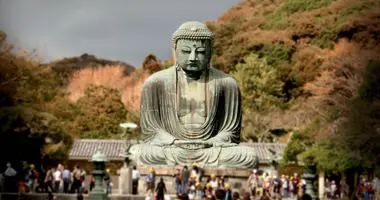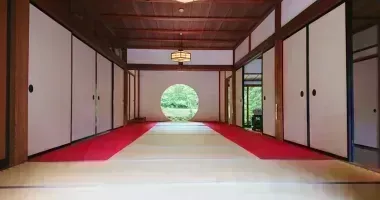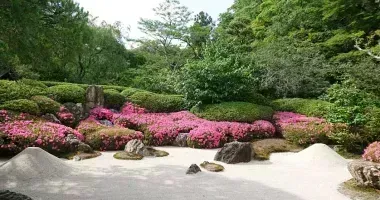Hase-dera Temple 長谷寺
God of the sea!
In 736, the miraculous return of the statue of Kannon to the shore of Kamakura after fifteen years of absence, gave rise to Hase-dera Temple...
The origins of Hase-dera Temple: a tree. Havinfg come face to face with a camphor with an impressive trunk, according to legend, the monk Tokudo Shonin began to sculpt two statues of Kannon (goddess of infinite compassion) with eleven heads. Having donated one of them to Hase-dera Temple in the Nara Prefecture, the second was thrown into the sea. Its reappearance symbolizes the salvation of the people.
It was not until fifteen years later, in 736, that the wooden statue surfaced on Nagai Beach, near Kamakura. The deity was then transported to the heights of the city where a temple now stands in its honor.
A high level visit
Treasures are revealed throughout the visit: each floor has its attraction.
On the first level of Hase-dera, in addition to a pleasant flower garden, you can discover Benten-kutsu Grotto. Dug into the hillside, Benten-kutsu is home to the goddess of arts, Benzaiten and statues of sixteen children, carved into the rock.
A little further, half-way up, the statues of Jizo (the protector of children) are lined up in their hundreds. They encircle the small Jizo-do Hall where Fukuju Jizo is seated (or "joyful" Jizo).
Facing the sea
Once at the top of the site, Kamakura Bay spreads out before visitors.
Here, in the heart of Kannon-do hall, lies the legendary statue with eleven heads. The divinity of over nine meters high covered with gold leaf contemplates the waves, and remembers her journey in the depths.
To keep her company, a gold statue of Amida Buddha resides in the neighboring Amida-do Hall.
Address, timetable & access
Address
Phone
+81 467-22-6300Website
http://www.hasedera.jp/words/english/e1.html




